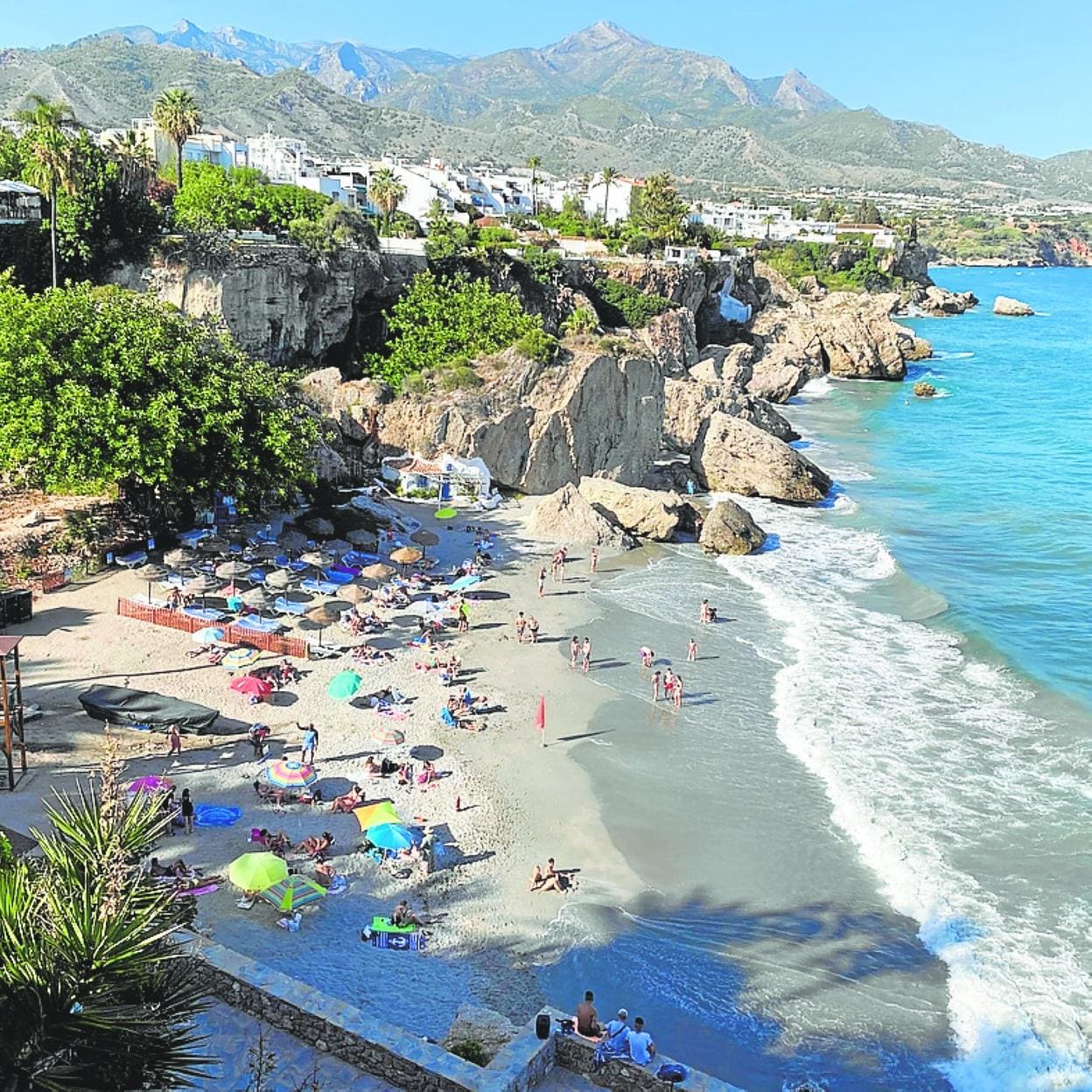University reassures bathers about quality of Costa beaches
The head of Coastal Sciences has explained the water is perfectly safe and clean even though local silt and clay tend to make it cloudier
MATÍAS STUBER
MALAGA.
Friday, 22 July 2022, 12:46
A team of local scientists has completed a study proving that the quality of bathing water along the Costa del Sol is up to standard. Researchers at the Coastal Sciences centre of the University of Malaga took samples right along the coastline from Nerja to Manilva between 30 May and 8 June this year. The aim was to check the water quality was meeting European standards in terms of the levels of harmful microbes. The results were "excellent", they said.
A total of 55 bathing areas were sampled, mostly focused on the busiest beaches of the Costa. These included special attention to sensitive areas for possible pollution, such as the mouth of the Guadalhorce river and the beaches around Nerja, where untreated effluent still flows into the sea, although some way off the coast.
The director of the centre for Coastal Studies, Francisco Franco, told SUR, "Our aim with this study is to have as close a snapshot as possible of the cleanliness of the water. We aimed to have an initial record of the bathing conditions on the beaches of the Costa del Sol and to be able to follow progress over the summer months."
Two samples were taken from each beach - one from the water and one of the sand on the water's edge. They were collected in sterile glass bottles with a capacity of 1.5 litres. These were then taken to the university's Science faculty for analysis.
Monitoring presence of faeces
In particular, the levels of E-coli and Enterococci bacteria were analysed, as these are what European scientists monitor to determine the presence of faeces from inadequate treatment of sewage.
Although the beaches of Malaga province are clean, it is true that they don't have the same reputation for pristine water as, say, the beaches of Cadiz province. However, Francisco Franco was keen to dispel this wrong impression.
"We are really fortunate [on the Costa del Sol] to be able to swim in the Alborán Sea, which isn't the Mediterranean, in the strictest sense, nor is it the Atlantic. Rather, it's a transition zone between both. We have the best of both worlds. In terms of appearance, our waters look very different to the clearer waters of the Atlantic Ocean in Huelva or those on the Mediterranean at Formentera. The sediments on our beaches have an element of river silt and clay that impact the cloudiness of the sea, which even whip up floating white foam that we call 'nata'." He added that the 'natas' are totally harmless and safe, consisting of 90 per cent mineral particles.
